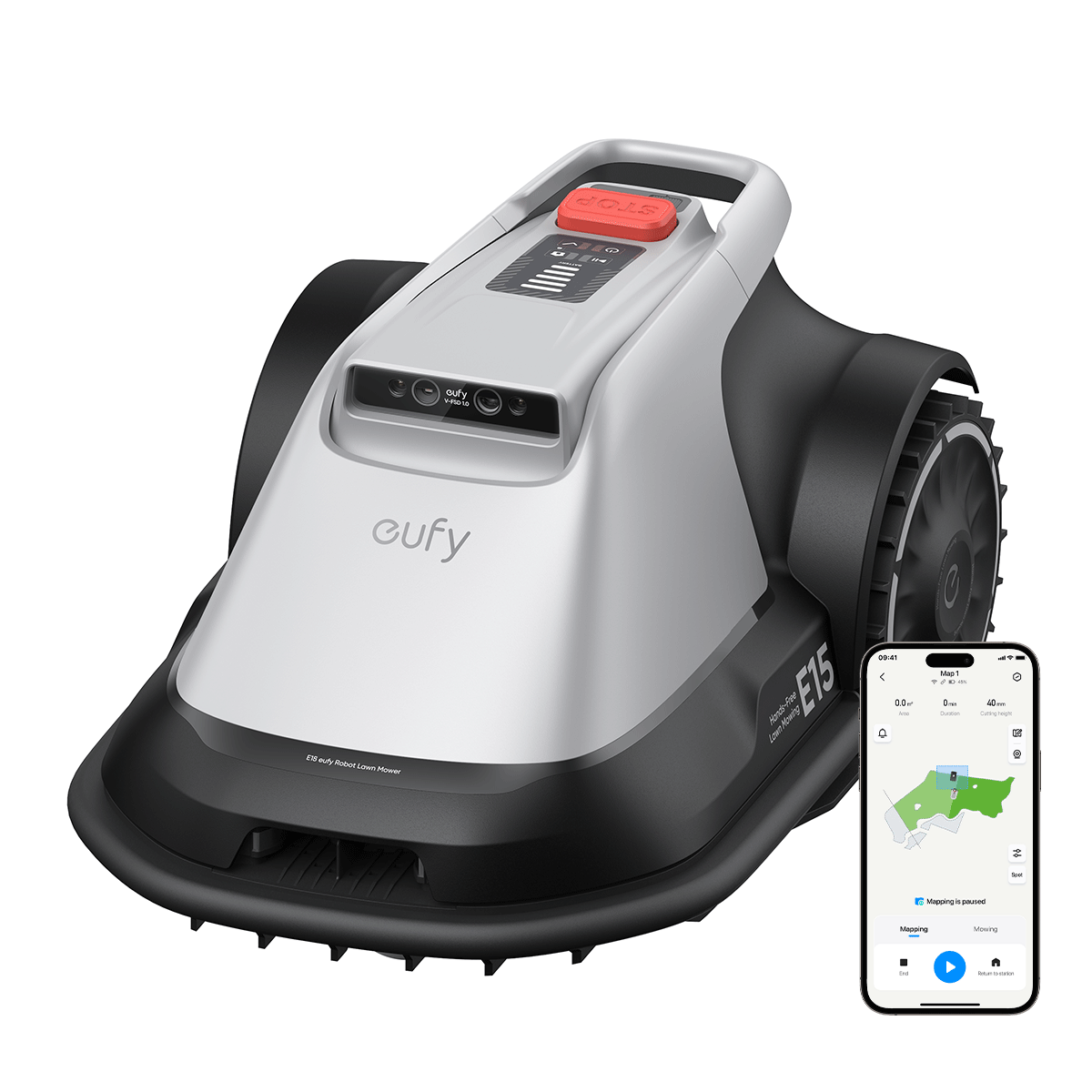If you’ve followed Louis Theroux, if you live in the United States, if you have friends in the US, if you’re a mum, if you’re anyone you’ll be aware of the opioid epidemic in America. The chances are though that it’s not what you think. When we envisage drug problems, young people with no responsibilities spring to mind. We picture needles, overdoses, squalid conditions. We don’t picture middle class mums and dads gobbling prescription medication to help them numb their feelings towards everyday life, yet this is a huge part of the opioid epidemic but it’s not coming to the UK, it’s already here.
I’ve been a member of a group on social media for a while now, Opioid Addicts and Recovery, I’ve been trying to help, while gaining insight, over 60,000 members are from all over the UK and only a small proportion are on meth or heroin. The rest take pain relief prescribed to them by their own doctor and are physically and mentally dependant on it but there’s a problem in America. trump has started a war on opioids which means doctors are getting into trouble for over prescribing codeine, oxycontin, narcos, dihydrocodeine, and it has many medical professionals running scared. This means doctors are cutting off prescriptions with little or no warning, leaving many patients without their pain relief medication and without the pills they need to taper off safely. In a bid to feel normal and to avoid those awaful physical withdrawals, people are turning to the streets and buying pills. When their DOC (Drug of Choice) isn’t available, they’re buying other opioids. You can see where this is going, those previously prescribed seemingly harmless pain killers are turning to meth and heroin to fill that gap and it’s causing a much bigger problem than the opioid epidemic.
Of course, many who are prescribed prescription pain killers are actually addicted, through no fault of their own. If they were to stop abruptly they’d endure incredible physical and mental withdrawal symptoms alongside risking their health. Some take more than prescribed after building up a tolerence, and so need to top up their prescriptions with drugs from the street. Stopping the drugs without any support will not help this. Little support is being offered when doctors stop the scripts without warning but support is available for some, depending on their level of insurance.
The support in the USA seems better than in the UK, as here, we’re still ignoring the problem and pretending it’s not happening, yet I know of at least 5000 people addicted to painkillers over here, and have 4 close friends who are, through no fault of their own.
The Support Options for Quitting Opioids
In the US, depending on your insurance, you can choose rehab or a detox clinic. Some are better than others. You can also choose to stay out of these places but to visit a drugstore or doctors daily, as you take Suboxone or Methadone in replacement for opioids (yes even as a replacement for codeine).
In the UK, your own GP may give you a tapering plan. You may be assigned a case worker. The case worker will meet with you weekly to make sure you stick to your tapering plan. At some point, you could be offered councilling, but it’s rare.
If you’re addicted to codeine, and you find it hard to taper, you will be offered suboxone, subutex or methodone.
What is Suboxone or Subutex?
Suboxone is a drug with an opiate blocker in it, so no matter how much codeine you take you can’t feel a high. Some people have overdosed trying to get past the blockers by taking more and more codeine. For a patient to take suboxone, they have to be clean for 24 hours and in the withdrawal stage. It’s usually taken under the tongue where it dissolves, and the first few times it’s taken, addicts must be under medical supervision to ensure they don’t react adversely.
The UK Epidemic
It is thought that there are 24 million prescriptions issued for prescription pain relief in the UK. That’s more than a quarter of the entire population, if that is one prescription per person. Sometimes, patients are on a few opioids at a time, such as zomorph with oramorph. There are also many online pharmacies where you can buy codeine without a prescription. These are expensive but also dangerous, as many don’t need a GP’s consent to issue the drugs. Questions are asked in a short questionnaire about the pain and symptoms, then after payment a doctor prescribes, while a pharmacy ships the medications.
Questions asked include:
- How long have you had this pain?
- Please describe the pain
- Are you addicted to opiates?
The Endless Cycle
Most opiate addicts start with prescription pain relief following surgery or for a complaint. They then fear the pain and so continue to take the drug. As the body builds up a resistance, they need to take more medicine to dull the pain. The problem is, while taking opiates, the body stops producing its own endorphins, the pain relieving chemical and so without drugs pain is felt more acutely. Stopping the drug also leads to withdrawal symptoms. Many people will spend a long time trying to avoid opiate withdrawals as they are absolutely horrific.
The Symptoms of Opiate Withdrawals
Physical withdrawals from opiates can last a week or longer, whereas mental withdrawals can last for a year. Every person is different, but generally, withdrawals include:
- Flu like symptoms. Sweats, headache, nausea, body stiffness, aches and pains, headaches, sore throat.
- Insomnia
- Restless Legs and Limbs. This can be one of the worst symptoms as it feels as though spiders are crawling underneath your skin.
- Depression
- Lethargy
- Cough – Codeine is a cough suppressant and so stopping starts the coughing
- The Runs. Codeine and opiates constipates, stopping codeine does the opposite.
- Cravings. The body craves the drug, just as it does when one stops smoking. A lot of the time is spent thinking about opiates.
- Boredom. Suddenly everything seems boring. Absolutely everything. Thankfully this doesn’t last.
All of these combined make for a pretty miserable time.
Suboxone, subutex or methadone stop most of these symptoms without giving users that “high” feeling. People just feel normal, clear headed, and this is why these drugs have saved so many from opiate addiction but there is a huge stigma attached. A UK middle class mum would be mortified to be found to be on methadone as even nurses presume that the addiction must be heroin to take such a step.
In fact, one of the increasingly prescribed opiates is fentanyl, this is actually one hundred times stronger than heroin, and just as difficult to get off. It’s often prescribed in patches or lozenges post surgery.
What is Kratom?
Some people are finding relief from withdrawals using Kratom both in the UK and USA, although it is illegal to sell it in the UK. It’s a plant derived powder that can be mixed with water and drunk. It doesn’t give a high but does tackle a lot of the problems of withdrawals, such as depression and lack of energy. There’s still very little that’s known about it but it is claimed it’s helping thousands of people finally kick the habit of opioids for good.
We do not support Kratom as a way to manage addiction. More is being revealed about this substance and some people are having intense withdrawals and symptoms.
Modern Day Mini Helpers
If we are to tackle the problem we need to remove the stigma. Instead of having a glass of wine at 4pm many are relying on pain relief to get them through the day. A parent thinks nothing of sharing their need for wine on a Facebook post, yet no one ever admits to taking a pill to help them relax or cope. This leads many to think they’re alone in their struggle and they feel reluctant to seek help due to the judgement from friends, family and medical professionals.
In the USA doctors are getting into trouble for over prescribing opioids. There was a time that they prescribed Oxycodone and more without a second thought. Now they are receiving penalties and some are actually losing their licence. This has led to many stopping repeat prescriptions for opioids. leaving those with chronic pain no choice but to dangerously withdraw cold turkey (which comes with its own problems) or to find alternatives on the street (which many are doing). In one state, only 20% stopped taking opioids altogether and chose the cold turkey route, while the other 80% found themselves buying heroin for pain. Instead of solving the problem, it’s made it worse.
The Addiction Needs Attention Not the Drug
I believe that addiction is a mental health problem just like depression. Some people are more prone to addiction than others. By tackling the addiction, the reasons, the need for escape, we can tackle the epidemic. Why are so many people so unsatisfied that they need this escape, that’s the question we need to answer. There should be no stigma surrounding pain killer addiction, after all, it usually begins with a legitimate prescription from a qualified doctor, when the stigma is removed more people will be able to seek help.
If you are affected by anything in this article please get in touch and we can put you in touch with people who can help. You don’t have to do this alone.


























